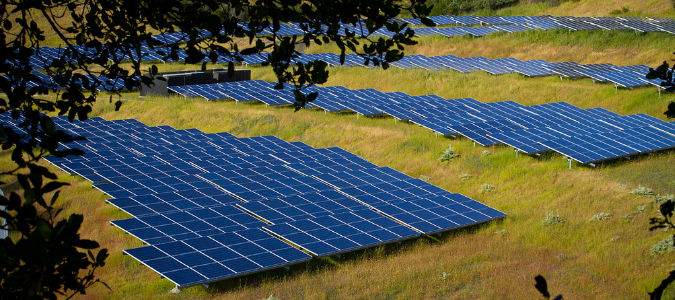The UK operates more than 1,700 MW with even more capacity awaiting or under construction [1]. One of the hurdles that a solar developer must overcome to gain planning permission is the issue of visual impact.
Like many planning applications across all sorts of areas, UK solar farms often need a Landscape and Visual Impact Assessment (LVIA). It is important to many local councils, and local residents, how visible a proposed solar development will be.
This has a bearing on the perceived impact that the development has on the local area. It also has a bearing on the potential for solar reflections to have an adverse impact on observers in the area. Observers can include aviation personnel and drivers.
Areas of Natural Beauty and Visibility
Visual impact issues can be of particular concern for developments in Areas of Outstanding Natural Beauty (AONB).
The Dorset AONB team is one example of a group that has produced guidelines [2] relating to largescale solar PV arrays in these areas.
The visibility of a development from a given location is dependent on the terrain height between the observer and the solar array. Another contributing factor is the level of screening provided by obstructions. These can be objects like buildings and hedges for example.
Desk Based Assessment
Desk based assessment can be valuable in determining the likely visibility of your development from a given location. This will establish the zone of theoretical visibility (ZTV). A reliable assessment requires a high quality Digital Terrain Model (DTM) or Digital Surface Model (DSM). Consideration of obstructions that are not in the terrain model are also important.
In cases where panels appear to be marginally visible or hidden, it may be necessary to carry out a survey to accurately determine a development’s visibility.
Additional screening in the form of hedges or vegetation around a solar development is common. In some cases, additional screening added into the environment or the removal of panels would be required to eliminate all impacts. Comprehensive assessment at the planning stage is paramount to understand the level of impact and any required mitigation techniques.
[1] Source: RESTATS Website – https://restats.decc.gov.uk/
[2] Source: http://www.dorsetaonb.org.uk/
Image accreditation: “Solar Farm” by Michael Mees / CC BY 2.0 / Image cropped and resized from original.

